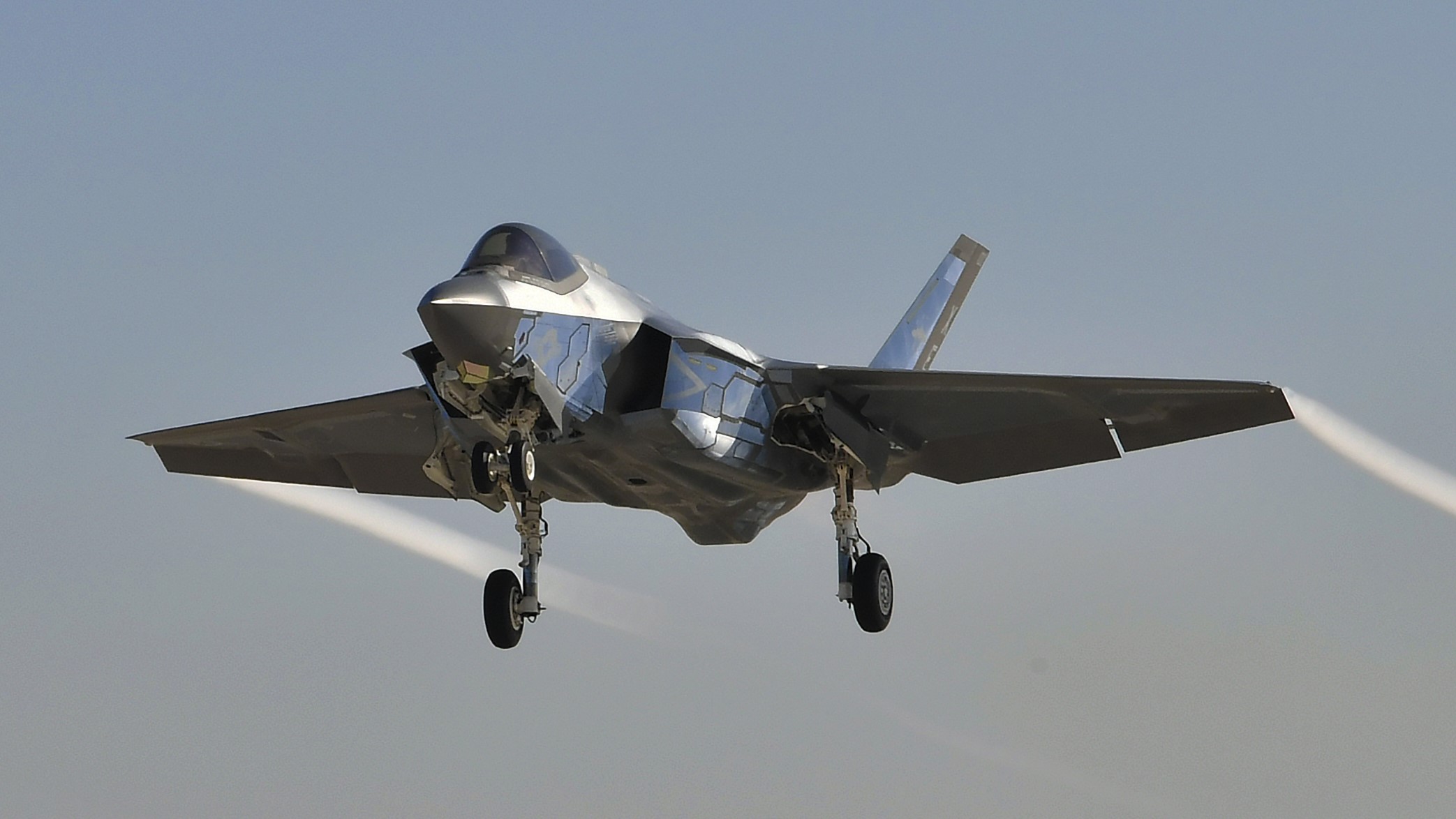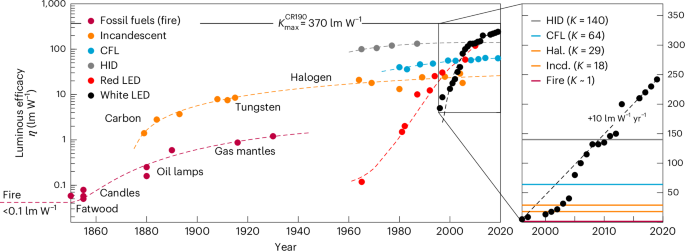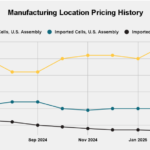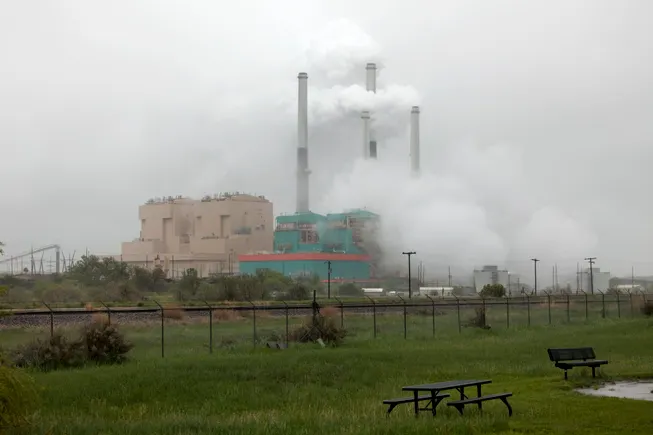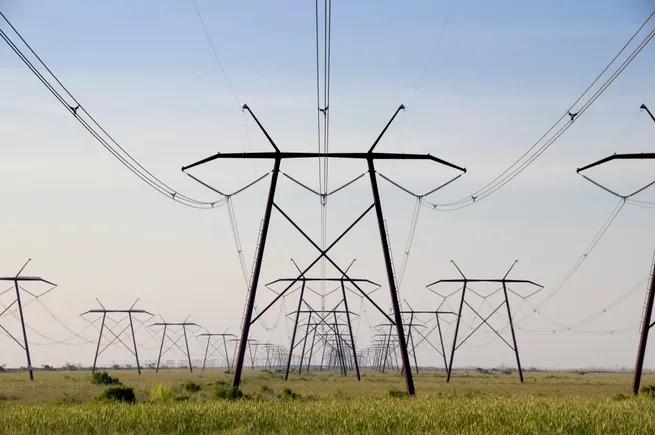Benchmark diesel price sees third straight decline, now at 2025 low
The benchmark diesel price used for most fuel surcharges is now at its 2025 low. The post Benchmark diesel price sees third straight decline, now at 2025 low appeared first on FreightWaves.

The benchmark price used as the basis for most fuel surcharges has fallen to its lowest level in 2025, but diesel futures markets are starting to show some sign of upward movement.
The weekly price published by the Department of Energy/Energy Information Administration rose 2 cents a gallon, effective Monday, to $3.514. The last time it was less than that was Dec. 30, when the price closed out 2024 at $3.503 a gallon.
The latest price was the third straight decline in the benchmark. It has fallen 12.5 cents during that period.
This week’s decline came against a backdrop of the futures price of ultra low sulfur diesel (ULSD) starting to move upward after weeks of languishing at less than $2.10 a gallon.
An April 10 settlement of $2.0464 for ULSD on the CME commodity exchange has been followed by a series of two-steps-forward, one-step-back increases that brought the settlement Monday to $2.1755, a gain of 13 cents a gallon in 11 trading days.
However, at approximately 11 a.m. EDT Tuesday, ULSD was trading down about 2% on the day.
But it may be short-lived in part due to the calendar.
A factor that may tamp down any future wholesale and retail prices is the rollover of the front ULSD contract after trading Wednesday. The rollover is the expiration of the front month contract to be replaced by the second month contract as the front month. The May contract will expire after trading Wednesday, the last day of April, and the June contract will become the front month.
That is relevant this month because the market is in a fairly steep backwardation, in which the front month has a higher price than the second month. In a perfectly balanced market, market structure is the opposite, with the second month higher than the first to reflect the cost of storage and the time value of money. That situation is called contango.
When there are concerns about inventories, a backwardation develops. Even in a market where weakness appears more likely than strength, there are numerous comparisons of data on stocks that show them to be relatively tight compared to historic norms for this time of year.
The backwardation in ULSD has been hanging around the 4-cents-a-gallon level – the May contract is that much more expensive than the June contract – and the spread blew out Monday to about 7.7 cents.
But what that means is that when the May contract disappears after April 30, many of the gains in the front month diesel price that have resulted in higher futures prices – and with it the possibility of higher wholesale and retail prices – will “fall” because of the substitution of the now-lower June contract for the expiring May contract. That should have a dampening effect on prices.
Even though a slowdown in maritime traffic and the concurrent drop in trucking to move freight that is staying home in exporting countries has loomed on the horizon, diesel markets are outperforming crude. On April 10, the price of ULSD on CME was just under 54 cents per gallon more than the price of Brent crude, the world benchmark. By Monday, that spread had widened to about 60.75 cents.
Crude prices did rise last week driven in part by recoveries in equity markets. But a battle is looming within the OPEC+ group and its attempts to keep production in check by the rising flow of oil out of Kazakhstan, which is not a member of OPEC but is part of the OPEC+ alliance of non-OPEC exporters nominally led by Russia.
In an interview of Kazakhstan’s energy minister, Erlan Akkenzhenov, with news agency Reuters, he said the country would “act in accordance with national interests with all the ensuing consequences,” a signal it might not want to abide by its OPEC+ production quota, which it already is violating.
Kazakhstan exceeding its quota has been a significant problem within the OPEC+ group and has the potential to become more of an issue in the group’s effort to restrain output.
More articles by John Kingston
A market on the precipice: 5 takeaways from the April State of Freight
TFI’s Bedard upbeat on revamped US LTL operations even as numbers sink
2 more charged in death of Louisiana staged truck accident witness
The post Benchmark diesel price sees third straight decline, now at 2025 low appeared first on FreightWaves.










































































































